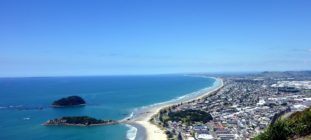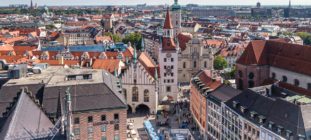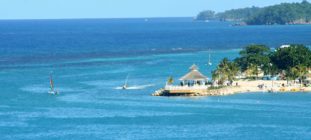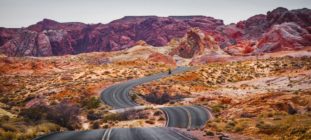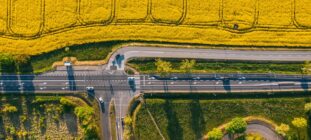
Nepal is a stunning country that boasts picturesque villages that enhance its natural beauty.
Amidst the bustling development in cities, some Nepalese villages remain untouched by the modern rush.
These secluded settlements maintain an old and distinct way of life, nestled in the hills and mountains away from the urban chaos.
Join us on a journey to explore the charming, beautiful villages along the Everest Base Camp route, where you’ll encounter the Sherpa people, immerse yourself in their unique culture, and enjoy their warm hospitality.
Lukla
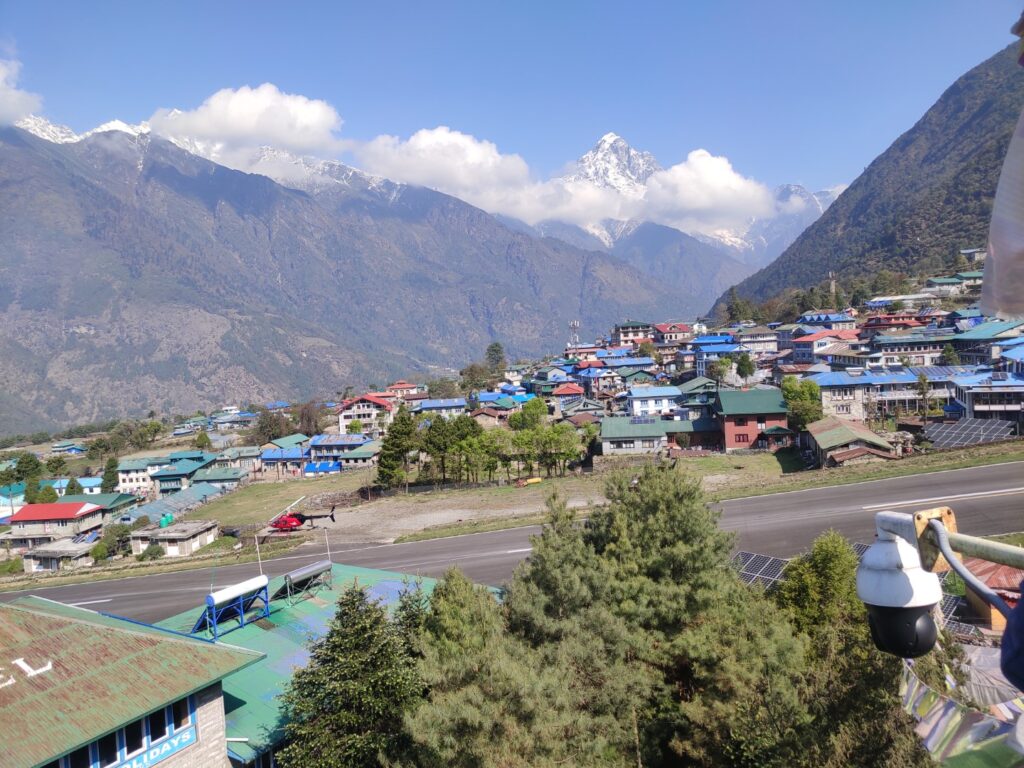
Lukla is the first village you’ll reach after an exciting flight from Kathmandu.
It serves as the gateway to Mount Everest Base Camp trek.
This important village is home to a small airport and boasts beautiful natural surroundings.
Tenzing-Hillary Airport operates in Lukla, facilitating travel to the Khumbu region.
Most treks in the Everest area start and finish in Lukla, which sits at an elevation of 2,860 meters (9,383 feet).
Despite its name meaning “place with many goats and sheep,” there are fewer of these animals in the area nowadays.
Lukla offers various shops and lodges where trekkers can stay, enjoy meals, and purchase necessary supplies.
Namche bazaar
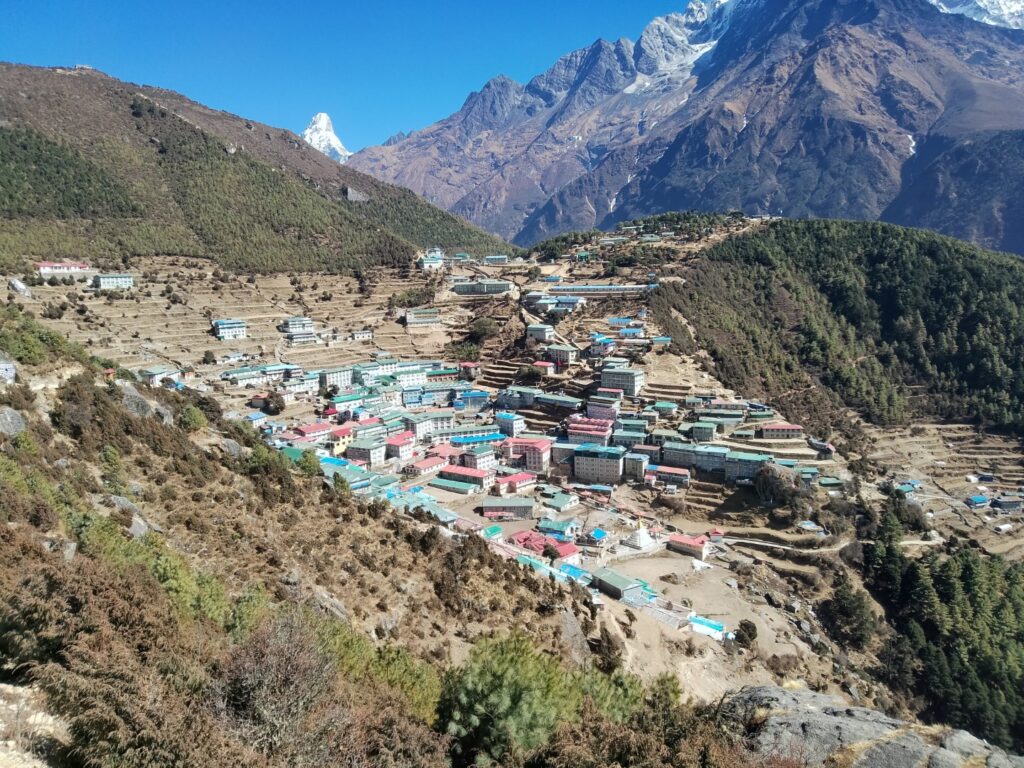
Namche Bazaar is the Sherpa capital in the Everest region and is situated at an elevation of 3440 meters.
This vibrant village Namche bazaar serves as a major trading and financial hub, especially for Sherpas involved in the tourism industry.
It stands out as one of the lively and stunning villages along the Everest Base Camp trek.
Positioned on the slope of an arch-shaped mountain, Namche offers breathtaking views of the towering Himalayan peaks from every corner of the valley.
Trekkers and tourists flock to Namche Bazaar for acclimatization and essential supplies, as it provides almost everything you might need.
Namche bazaar features numerous lodges, stores, internet cafes, bakeries, restaurants, and even pubs, offering a taste of modern amenities in the high-altitude mountain setting.
Spending a day or two in Namche for acclimatization allows you to explore nearby Sherpa villages like Khunde and Khumjung.
Khumjung
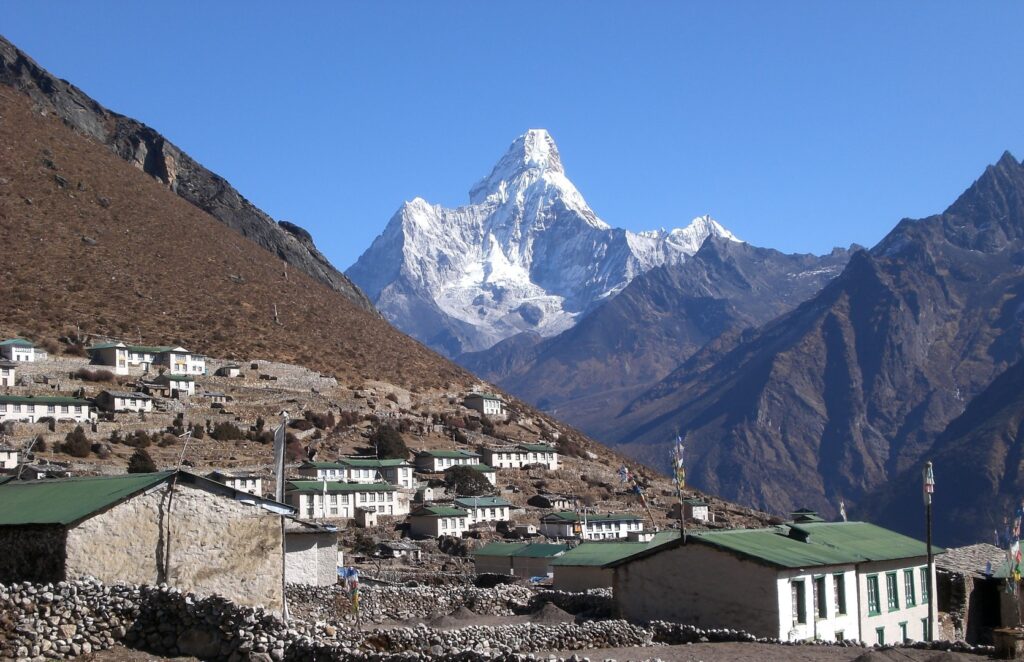
Khumjung is a lovely village along the Everest Base Camp trek and it is known for its rich cultural heritage.
Khumjung serves as a wonderful cultural center where you can witness some of the best cultural wonders in the Khumbu region.
The unique lifestyle and cultural experiences add to the beauty of the adventure.
Situated at an elevation of 3,790 meters, this village embraces modern amenities like internet, landlines and mobile phones.
The Khumjung Hillary School, established by Sir Edmund Hillary’s Himalayan Trust in 1961, was initially named the ‘Hillary School’ and is the largest school in Khumbu.
Khumjung is a popular spot for trekkers on the Everest Base Camp route, and you can include a visit to this village as a short detour from your planned itinerary.
As the largest village in Khumbu, Khumjung offers spectacular views of the majestic mountains from various perspectives.
Khunde
Established in 1966 by Sir Edmund Hillary, the Kunde Hospital is located in the town of Kunde, within the Sagarmatha National Park near Mount Everest.
Situated at an elevation between 3800m and 4000m, the hospital serves both the local population of around 8,000 people and trekkers passing through the Khumjung region.
Positioned right next to Khumjung village, less than 25 km from Mount Everest, Khunde provides a glimpse into the daily lives of Sherpa people engaged in activities like farming, yak herding, and wool spinning.
The town of Khunde is home to sacred monuments of religious and cultural significance for the Sherpa community and features a monastery serving as a center for spiritual practices and gatherings.
Surrounded by breathtaking natural landscapes, Khunde offers stunning views of Himalayan peaks, including Mount Everest, Ama Dablam, and Thamserku.
Tengboche
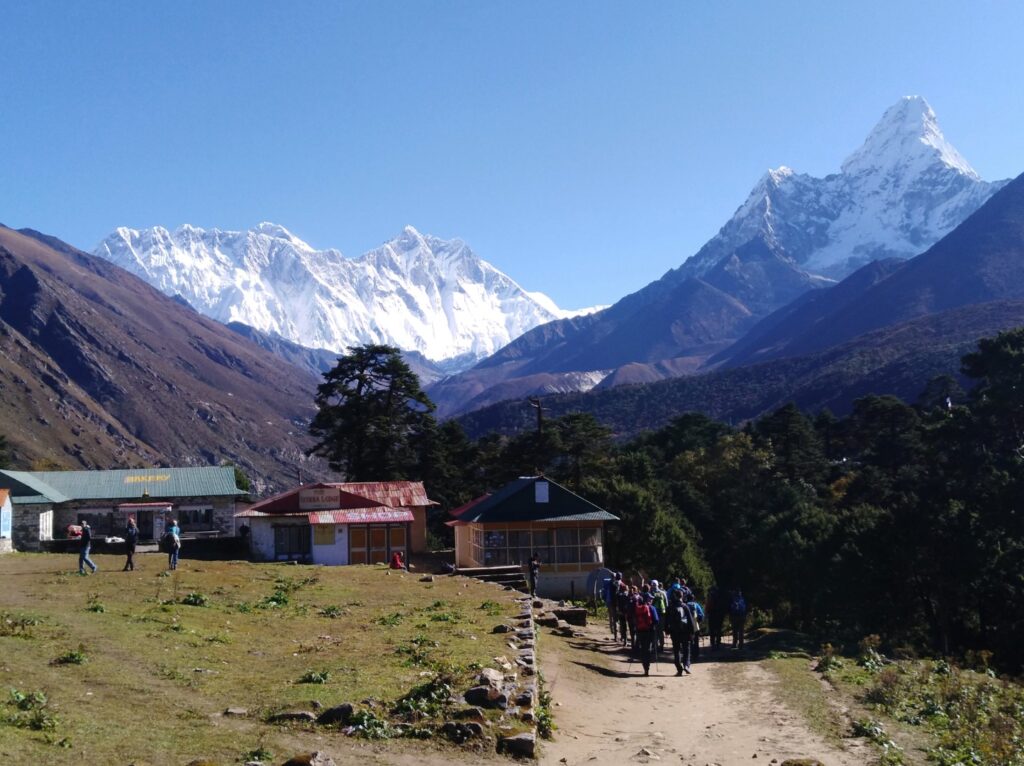
Tengboche, or Thyangboche, is a stunning village situated in the Khumbu region at an altitude of 3,867 meters.
Tengboche is home to the largest monastery in the Khumbu region, known as Tengboche Monastery.
From Tengboche, there is a breathtaking panoramic view of the Himalayan mountains, including prominent peaks like Tawache, Everest, Nuptse, Lhotse, Ama Dablam, and Thamserku.
A notable event in Tengboche is the Mani Rimdu festival held every October at the monastery.
This colorful festival is a culmination of Buddhist celebrations featuring religious gatherings, songs, ritual dances, and enactments of legendary stories.
Visitors are warmly welcome to participate in the festivities and experience the rich cultural heritage of the region.
Dingboche
Dingboche is a Sherpa village nestled at an elevation of 4,410 meters.
It stands as a key resting point along the Everest Base Camp Trek.
With no roads leading to the village, only trails connect Dingboche, and yaks and mules transport most locally consumed goods, aside from some agricultural products.
Recognized as one of the most charming Sherpa villages in the Khumbu region, Dingboche is a must-stop for every trekker.
It shares similarities with Pheriche, but staying in Dingboche offers better views of the Island Peak and Ama Dablam Himalayan peaks compared to Pheriche.
As part of the acclimatization process, trekkers can hike to the top of Nangkartshang Peak, standing at an elevation of 5,083 meters.
The ascent takes approximately 2-3 hours, and from the summit, one can enjoy breathtaking views of Mt. Tawache, Ama Dablam, Island Peak, Lhotse, Everest, and Pumori.
Due to its high altitude, Dingboche experiences a cool climate, with summer being rainy and winter being dry and cold.
Pheriche
Pheriche, positioned between Namche Bazar and Mount Everest Base Camp on the Mount Everest Trek, is located at an altitude of approximately 4,371 meters.
Initially known as a significant farming village, Pheriche has evolved into a major trekking hub and a popular stop for trekkers and climbers.
Periche village is equipped with a basic hospital operated by the Himalayan Rescue Association (HRA), based in Kathmandu.
The Pheriche hospital operates during the two trekking/climbing seasons (March–May and October–December).
Numerous lodges are available for trekkers and climbers en route to Mt. Everest Base Camp.
Pheriche serves as a crucial acclimatization stopover, although it tends to be colder than neighboring Dingboche, experiencing an icy wind peculiar to the Pheriche Valley.












